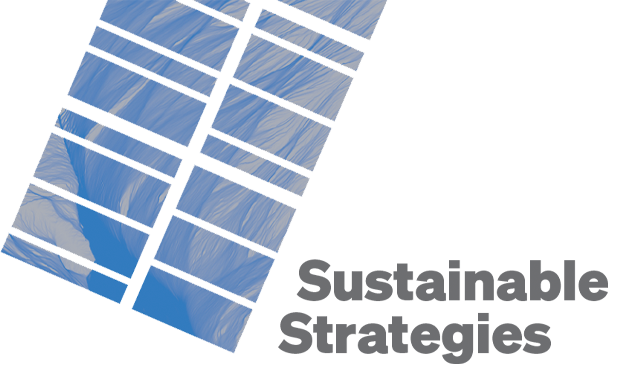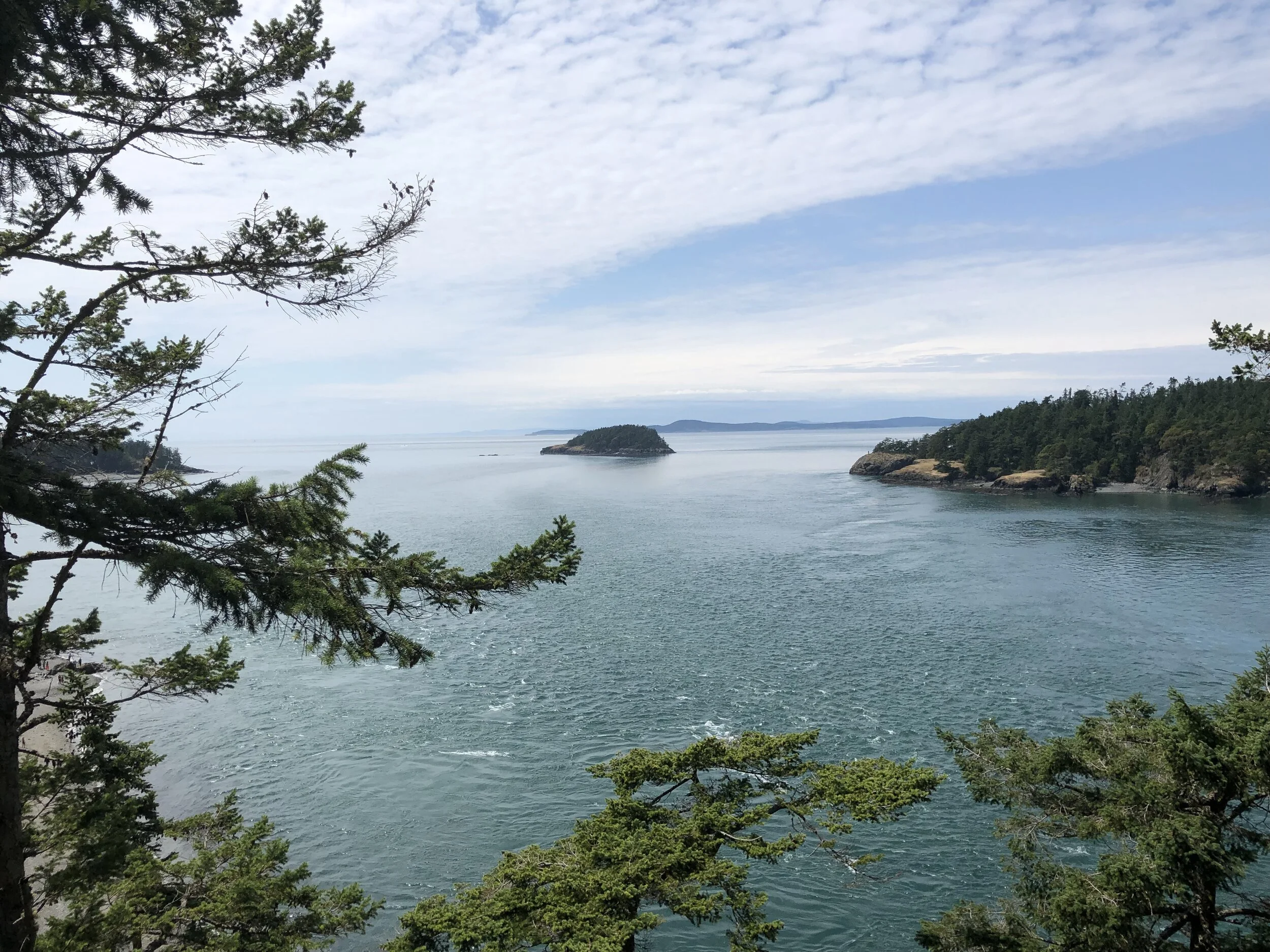It’s another busy week at Sustainable Strategies - we have two big announcements!
First, we are honored to be a guest author for BuildingGreen. If you’re not familiar with BuildingGreen, this great company has been around since 1985, and is “the trusted source on healthy and sustainable design and construction strategies.” In our guest article, “Redefining the ‘Risks’ of Sustainable Buildings,” we describe how innovative technologies can incite fear of unknown risks, but when making choices or recommendations, practitioners should question whether those risk are grounded in reality. We then argue that, particularly in the context of climate change, “risks” related to sustainable buildings must be placed in the appropriate context, not analyzed in a vacuum. We then provide two examples where the “cost of inaction” is arguably higher than the risk of innovation - “healthier” indoor spaces and wood products as structural materials. Check out the entire article by clicking the button below.
Second, it was just announced that we will be speaking at the (virtual) Built Green Conference on September 17, 2020. Our presentation is entitled, “Reframing Risk: Arguments and Strategies for Projects that Push the Envelope.” During this presentation, we will describe how a solid risk analysis is a key component of any successful project, but that outdated notions of “risk” can stall much-needed innovation, and disincentivize deep green projects. We will describe how now is the time to challenge these frameworks and take into consideration the current regulatory and economic landscape. We are really looking forward to sharing resources and strategies during this great conference! Click the button below to learn more.
Perhaps you’re picking up on a theme - much of our work focuses on managing the risks of sustainable innovation. We help companies identify and manage these risks, so they can do great work without the surprises. If you want to learn more about our work, including our training programs, visit our website or reach out using the button below. To stay connected, be sure to follow us on Instagram and Facebook.







